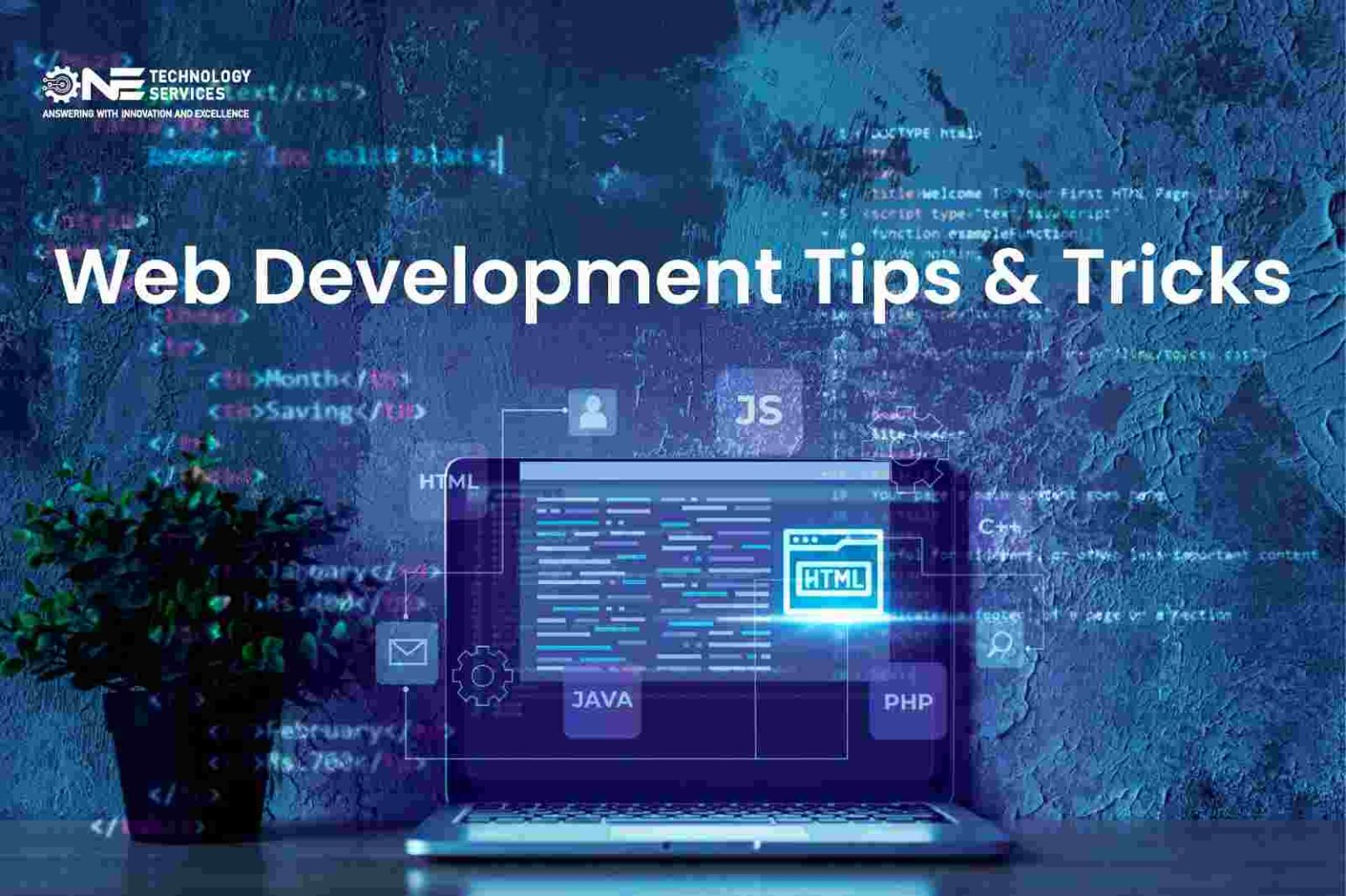In today’s competitive business environment, your website serves as the digital face of your company. Whether you’re a small business in Irving, TX or a growing enterprise in the broader DFW Metroplex, your web presence directly influences customer perception, brand trust, and lead generation. However, building a website that simply looks good is not enough. To be effective, your site must follow best practices in design, development, performance, and SEO.
At One Technology Services, we specialize in helping businesses across Irving, Dallas, Las Colinas, Arlington, Grand Prairie, and nationwide adopt web development strategies that improve usability, search rankings, and long-term digital performance. This guide outlines the most essential web development best practices for 2025 and beyond.
1. Set Clear Goals for Your Website
Every successful website starts with a clearly defined purpose. Whether your goal is to generate leads, sell products, provide customer support, or promote your brand, the website’s structure, content, and functionality must align with those objectives.
Best Practice: Document your business goals before beginning any development. Prioritize features based on user journey mapping and conversion strategies.
2. Prioritize Mobile-First Design
With over 60 percent of web traffic now coming from mobile devices, mobile-first development is no longer optional. Google uses mobile-first indexing, which means your mobile site is the primary version evaluated for ranking.
Mobile-first strategies include:
- Responsive layouts using CSS Grid or Flexbox
- Optimized navigation and content flow for small screens
- Fast-loading mobile assets (images, scripts, fonts)
At One Technology Services, we build all websites with mobile-first frameworks to ensure performance and accessibility across all devices.
3. Improve Site Speed and Core Web Vitals
Site performance directly impacts SEO rankings, bounce rates, and user satisfaction. Google’s Core Web Vitals focus on page load speed, interactivity, and visual stability, and are key metrics to monitor and optimize.
Best practices to boost performance:
- Compress and optimize images
- Use lazy loading and asynchronous scripts
- Minify CSS, HTML, and JavaScript
- Implement browser caching and CDNs
A fast site delivers a better experience and ranks higher in local search results across Irving and the DFW Metroplex.
4. Build with SEO in Mind from Day One
Technical SEO begins at the development stage. A well-built site makes it easier for search engines to crawl, index, and rank your pages.
Foundational SEO practices:
- Clean, semantic HTML markup
- Proper use of H1–H6 headings
- Descriptive, keyword-rich URLs
- XML sitemaps and robots.txt configuration
- Schema markup for rich results (for example, products, reviews, FAQs)
At One Technology Services, every project is built with SEO infrastructure to support visibility and long-term growth.
5. Use Clear, Intuitive Navigation
A well-structured navigation system enhances both user experience and SEO. It ensures that users and search engines can access important content quickly and easily.
Best practices for navigation:
- Limit main navigation to 5 to 7 core links
- Include clear calls to action on every page
- Add breadcrumbs for deeper site structures
- Use footer menus for secondary navigation
For Irving businesses targeting multi-page websites or ecommerce functionality, strong navigation ensures higher engagement and reduced bounce rates.
6. Ensure Accessibility for All Users
Web accessibility ensures that people with disabilities can navigate and interact with your site. It is not just a legal consideration, but also improves usability for everyone.
Accessibility improvements include:
- Alt text for all images
- Proper contrast ratios for text and background
- Keyboard navigation support
- ARIA roles and labels for screen readers
One Technology Services develops websites in full alignment with WCAG 2.2 standards, ensuring compliance and user inclusivity across all industries.
7. Focus on Security and Data Privacy
Security is essential for protecting both business data and customer information. Websites should be developed using secure coding practices and maintained with ongoing updates.
Security measures include:
- HTTPS and SSL certificate implementation
- Regular software and plugin updates
- Secure form handling and validation
- Encrypted databases and user sessions
- Role-based access control in admin panels
For Irving and DFW-based businesses handling transactions or user data, a secure website builds customer trust and ensures regulatory compliance.
8. Use a Content Management System (CMS) That Supports Growth
Choosing the right CMS allows for easier updates, better content management, and faster deployment of new features.
Popular CMS platforms:
- WordPress – flexible, open-source, and widely supported
- Shopify – ideal for ecommerce businesses
- Headless CMS – for performance-driven, API-first architecture
One Technology Services recommends CMS platforms based on your long-term business goals, technical capacity, and digital strategy.
9. Make CTAs Clear and Actionable
Every page on your website should drive users toward a clear action, whether it is contacting your team, requesting a quote, or purchasing a product.
Best practices for CTAs:
- Use descriptive and benefit-driven language
- Make buttons stand out visually
- Place CTAs above the fold and at the end of content
- Track conversions through analytics
Effective CTAs help convert website visitors into real business inquiries, especially in service areas like Las Colinas and Grand Prairie.
10. Measure, Monitor, and Continuously Improve
Web development does not end at launch. Monitoring site performance helps you identify improvement opportunities and align your site with evolving business needs.
Tools to monitor and improve:
- Google Analytics and Google Search Console
- PageSpeed Insights and Lighthouse
- A/B testing tools (Google Optimize, VWO)
- CRM and heatmap integrations
We offer ongoing maintenance and optimization for all clients, ensuring websites remain competitive and functional long after launch.
